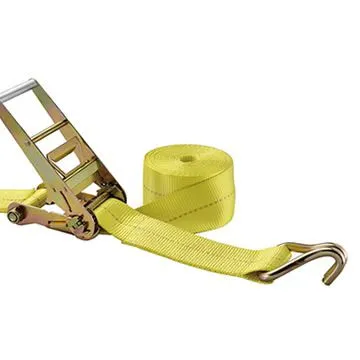Dec . 12, 2024 10:06 Back to list
how to install access panel in drywall ceiling
How to Install an Access Panel in a Drywall Ceiling
Installing an access panel in a drywall ceiling can be a beneficial project for homeowners and contractors alike. Whether you want to gain access to your plumbing, electrical wiring, or HVAC systems, a properly installed access panel allows for easy maintenance without damaging the surrounding drywall. This guide will walk you through the steps needed to install an access panel securely and efficiently.
Materials Needed
Before commencing your project, gather the necessary materials and tools
- An access panel (make sure it’s the right size for your needs) - Drywall saw or utility knife - Measuring tape - Level - Stud finder - Screwdriver - Drywall screws - Joint compound - Sandpaper - Paint and paintbrush, or a roller
Step 1 Planning the Location
Start by determining the most suitable location for the access panel. Ensure that it grants convenient access to the area you need while keeping aesthetics in mind. Once you identify the location, use a stud finder to check for any hidden pipes, electrical wires, or studs. Mark the edges of the area where you will cut the drywall.
Step 2 Measuring and Marking
Once you have chosen the desired location and verified it’s safe to proceed, measure the dimensions of your access panel. Use these measurements to mark the outline on the ceiling drywall. A square or rectangular panel typically requires precise measurements, so be patient and make sure everything is clearly marked.
Step 3 Cutting the Drywall
With your outline marked, it’s time to cut the drywall. Use a drywall saw or utility knife to cut along the marked edges carefully. If you are using a utility knife, score the line multiple times before pushing through. Be gentle to avoid cracking the surrounding drywall. When you’ve cut through, carefully remove the drywall piece and set it aside.
how to install access panel in drywall ceiling

Step 4 Prepare the Opening
After removing the drywall piece, inspect the opening to ensure it’s clean and free from debris. Make any adjustments necessary to ensure a snug fit for the access panel. If you find any loose drywall paper or rough edges, use a utility knife to smooth them out.
Step 5 Installing the Access Panel
Now, take your access panel and fit it into the opening. Most panels come with clips or flanges that will hold them in place. Ensure that the panel is level and that there are no gaps. If your access panel features screws, use a screwdriver to secure it into place. If the panel has clips, ensure all clips are properly secured.
Step 6 Finishing Touches
To create a seamless finish, you may want to apply joint compound around the edges. Use a putty knife to apply a thin layer of the compound, smoothing it out as you go. Allow it to dry according to the manufacturer’s instructions, and then sand the area lightly to remove any rough patches.
If necessary, apply a second coat of joint compound for a cleaner finish, sanding again once dry. Finally, paint over the access panel and surrounding area to match the existing ceiling. A roller or paintbrush works well for this, so choose the option that best suits your skill level and preferences.
Step 7 Final Inspection
Let the paint dry completely before testing your access panel. Once dry, open and close it a few times to ensure it operates smoothly. Check to see if the panel sits flush against the ceiling and that there are no gaps that could allow for insulation or debris to knock loose.
Conclusion
Installing an access panel in a drywall ceiling is a straightforward process that can save time and money in the long run. By following these steps and ensuring you have the right tools and materials, you can achieve a professional-looking installation that allows easy access to important areas in your home. Remember, the key to a successful project is meticulous measuring and patience, so take your time to ensure everything is done correctly. Happy DIY-ing!
-
Quality Ceiling Trap Doors & Access Panels | Easy & Secure AccessNewsAug.30,2025
-
Durable Ceiling T Grid Systems | Easy InstallationNewsAug.29,2025
-
PVC Gypsum Ceiling: Durable, Laminated Tiles for Modern SpacesNewsAug.28,2025
-
Pvc Gypsum Ceiling Is DurableNewsAug.21,2025
-
Mineral Fiber Board Is DurableNewsAug.21,2025
-
Ceiling Tile Clip Reusable DesignNewsAug.21,2025







